What’s this, a second bite of the cherry you ask? As regular Hifi Pig readers will no doubt have already spotted, a review of the  Epiphany Acoustics “Atratus” interconnect was conducted way back in March 2012 by our esteemed Jerry. He more than liked the first Atratus model – he jolly well bought it! And, judging by the warm reception he gave it then, he was surprised at the price too, costing under £40. That cable is still available and at an affordable price.
Epiphany Acoustics “Atratus” interconnect was conducted way back in March 2012 by our esteemed Jerry. He more than liked the first Atratus model – he jolly well bought it! And, judging by the warm reception he gave it then, he was surprised at the price too, costing under £40. That cable is still available and at an affordable price.
And so we blow away the mists of time and fast forward to the present day to evaluate the latest incarnation of the Atratus interconnect in Mark 3 guise, which sits alongside its stable mates, the Atratus 1 and 2 models.
Construction
Barring the name of course, the Mark 3 cable is a somewhat different beast from the 2012 variant. Gone from the Mark 3 version are the “bubble” RCA connectors and this particular cable now sports KLE Silver Harmony connectors – a welcome addition in my opinion. The outer jacket has also upgraded from a plain black with white spiral design to a subtle shade of green with white criss-cross patterned jacket which looks very attractive and I am rather happy to say, also sets it apart from the herd of the plain black cloaked cables and its siblings.
Construction is said to be OCC (Ohno Continuous Casting) Copper conductors with a double shield of copper foil and braid. OCC, PC-OCC, OFC, BBC, ITV, what does it all mean? I won’t explain it all as it would take more than a mere brief review to do that, but suffice to say a clever chap called Professor Ohno from Japan discovered that drawing copper wire in a slow continuous draw from the die at a very specific temperature produced less grain boundaries in the resulting wire which happened to sound better than high speed ejection at high temperatures from the die which produces conventional copper wire. Still with me? No? No matter, I will just ask you to accept that it is apparently ‘better’ for now and let’s move on to what really counts in the final analysis, the sound.
Sound
If Jerry got somewhat enthusiastic about the original Atratus interconnect he reviewed, I wonder what his opinion would be about the current Mark 3? Unfortunately I never had that pleasure of hearing the earlier variant, so I am more than content to accept this particular cable at face value and report on my findings accordingly.
For whatever reason I still don’t understand, I conducted my listening sessions with this cable starting with the “torture tracks” first rather than my customary gentle acoustic recordings, moving on to some classic recordings, then onto some easy listening and so on, with the murder music up last to put the cable under review to a real workout, I’m sure you can picture the natural progression I would normally take. First into the CD player then is Porcupine Tree’s “Deadwing” which sounds either superb or pretty awful and takes no prisoners along the way. Many a cable with high-end pretensions has fallen victim to this CD and I have become rather ambivalent about the outcome each time I play it with new components in the system. Well, the Atratus Mark 3 shrugged it off with absolute ease from the first note onwards and this really did get my attention immediately.
It wasn’t the notion of sparkling treble or subterranean bass that captivated me, it was how each and every instrument was clearly delineated in its own space and time. By that I mean that each instrument had a clear and distinct start and end to its contribution to the performance, irrespective of what anything else was happening around it. A long low bass note remained fixed in its own space while the drums were playing concurrently during that bass note with their own dynamics and stop-start timings, not to mention the lead and rhythm guitars’ involvement in the musical composition as well, so complex transients were not troublesome at all for this cable. The silences too drew my attention and it came as a complete surprise when the music exploded from that silence and far from being shocked, I was pleasantly surprised by it. Meanwhile, the imaging remained centre/front and rock steady in position, with plenty of depth and incredibly wide staging beyond the speakers. That’s an awful lot of words I have just typed to convey to you what this cable does, but let me finish that by saying it is only an elite band of cables that can do this effortlessly with highly complex and dynamic music.
I followed Porcupine Tree with Paloma Faith’s “Fall to Grace” album, which is not an album I actually like. Errrrm, what? Strange you may say, but if a system can lift the sound of this album above the ordinary and actually get me to enjoy what I’m hearing, then that is some trick it has pulled off. Paloma’s voice to me doesn’t have much tonal range, power or depth to it compared to other singers, which no amount of orchestral backing can elevate from what to me is the mundane. Sorry if I offend all you Paloma fans. You may be glad to hear I ticked this particular box with no complaints, as the Atratus injected some much needed sparkle and dynamics that make it enjoyable – well, sort of. I think all audiophiles should also dig out and dust off similar recordings, using them as an acid test as part of their evaluation process, rather than just their showcase demonstration music. Works for me anyway!
A track I will often use to evaluate treble performance is Jack Johnson’s “Staple it Together” from his In Between Dreams album. The percussion on this track has been recorded with high energy and almost nil compression, so needs very little provocation into sounding overly bright and splashy, quite painful to listen to in fact with unsuitable components. With the Atratus interconnect in the system, it came so, so, so close to the threshold of being over indulgent with the cymbals, but never actually crossed that line in my own system. Given that other cables many times the price of the Atratus have stumbled at this particular hurdle, then in all fairness any criticism here (however slight) of the Atratus should be taken in context, but I felt then and now it is a facet of the Atratus which readers of this review should be aware of. However, if you are looking for a cable with verve, sure-footed lithe dynamics and crisp definition, you have just found it.
Next up was a favourite of mine; Joe Satriani’s The Extremist and in particular the track “New Blues”. This track begins with some solid weighty kick drum and cymbal work from the drummer, joined soon afterwards by a simple guitar riff from Joe, then the bass guitar with string plucks that go deep. Then a countdown 1, 2, 3, 4 with the drummer crashing drumsticks together in time. Now that really sounded like wood against wood, not plastic or any other material… it was wood for sure. That kick drum too has a double stroke, the first softer than the second, which you can feel as much as hear. The Atratus didn’t quite manage the raw power, energy and depth from the kick drum that other (read more expensive) cables have managed, but it still sounded clean, powerful, above all realistic and a credible showing nonetheless. The biggest surprise though was at the tail end of that track where the faders are gradually reducing the recording down to zero level, it was the hi-hat cymbals that were the last instrument that could be heard… just. I am sure during previous hearings it was the guitar that was last instrument to be faded out, but with  the Atratus there was no ambiguity. You live and learn as they say.
the Atratus there was no ambiguity. You live and learn as they say.
Close mic’ed acoustic guitar is I think one of the hardest instruments to recreate faithfully and some people are rather irritated by the guitarist’s fret work, but I find it a rich source of inner detail to test microdynamics. If I cannot hear the difference between steel, gut and nylon strings being drawn along by fingers, I need to ask questions as to where those sounds have gone. The Atratus cable had no difficulty in delivering those microdynamics from my reference recordings, nor did it skimp anywhere on reproducing the timbres and textures from the body of the instrument either.
I haven’t mentioned bass performance so far and it would be remiss of me to say nothing at all about it. I found the bass to be a trifle ‘dry’ by nature and whilst all the lower octaves were indeed reproduced with no curtailing of frequencies, there seemed to be a slight lack of heft and weight to bass notes. This meant I was listening out for the bass, rather than having it presented to me as part of the total musical landscape which I am used to with my resident cables. That to me is a better compromise than a tubby, ponderous, or overhung bass that seems to plague budget cables and much further up the cable hierarchy as well if we are to be honest. Bass like that also tends to swamp or dominate the lower midband as a consequence, but on the plus side the sound package the Atratus presents has that lively clean bouncy energy without bloom anywhere in the audible spectrum which I am very sure many listeners will enjoy and relish.
Conclusion
I intensely dislike the term “giant killer” because those cables that have been labelled with that epithet are anything but in my experience. They lack the detail, fidelity, solidity, finesse and sophistication of true high-end cables, even though they outwardly present a superficial facsimile at first encounter. A large number of cables on the market can easily provide a clean-ish balanced sound that sounds good tonally with simple uncomplicated music, but give them some fast, complex, multi-layered and diversely dynamic music and they quickly fall apart or collapse inwards on themselves to present what I would describe as a mangled mush of music with instruments and/or vocals crashing into one another. It would be fair to say the Atratus Mark 3 interconnect is not one of those types of cables as it can keep up with cables existing higher up the performance tiers and price brackets.
It stuck true to itself through it all, thick and thin, a delight to listen to even when the going got tough, where each strand of the music remained separated and clearly defined without masking. The treble can at times be a tad unforgiving and verging ever so slightly on the uncouth, but only verging mind you, never quite stepping over the line during my own listening sessions, although I’m not so sure how the partnership would fare when paired for example with speakers that have metal treble drivers. Bass is a touch on the lighter side for me personally, but you may love all its positive qualities and attributes to bits and an audition should settle that matter for your own individual tastes and partnering components of course.
The Atratus 3 easily manages to climb up the greasy pole of sophistication in sound that very few “budget” cables can attain, which is highly commendable. When I tell you that they cost £99.99 for a one metre pair, it will perhaps enable you to make some sort of judgement from my outpourings in this review and maybe come to the conclusion that I am not in fact nit-picking or criticising a cable costing many hundreds of pounds, I am actually describing with high praise the Epiphany Acoustics Atratus Mark 3’s stunning performance envelope which I say stands head and shoulders above its immediate rivals and further beyond too.
Build quality: 8.2
Sound quality: 9.1
Value for money: 8.7
Overall: 9.0
Price as reviewed £99.99 for 1m pair.
Recommended for: Systems that would benefit from some treble and midband verve and vitality, or those looking for a more controlled, taut and less dominant bass.
The Epiphany Acoustics Atratus 3 Interconnect will now go for second review to see if they will achieve Outstanding Product Award status. You can read the full results of Dan Worth’s second review below.
When I had a chance to listen to the new Atratus Mark 3 in my system, my initial perspective was drawn immediately to how good 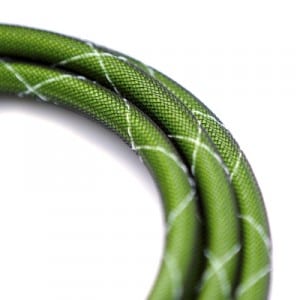 the soundstage of the cable was. I’ve had a plethora of interconnects pass through my current system over the past few months pertaining high-end status of which many excelled in their huge soundstage but not all…
the soundstage of the cable was. I’ve had a plethora of interconnects pass through my current system over the past few months pertaining high-end status of which many excelled in their huge soundstage but not all…
Being able to layer the performance with great depth is not the same as being able to create what I refer to as a ‘huge soundstage’ being able to have a wide and open soundstage is not like having a ‘huge soundstage’.
The Atratus III gave an open soundstage yes, but after further listening a strong element of the phrase ‘huge soundstage’ was very apparent. Comparing to some of the more exotic and expensive Interconnects which I have had here lately the Epiphany falls a little short but it’s ability to convey 90% of what I’ve heard achieved by some of the very best cables for 5-10% of the costs is simply staggering, giving depth, height, width and three dimensionality that simply belies its price.
As Dom says – the phrase ‘giant killer’ is thrown about too often and there are many fads with cables that soon run their course but the Atratus III has a definite sustainable palpability and presence which I consider to be very grown up articulate, embracing and highly musical.
My own experience with the cable showed the sound to have many qualities and only one real criticism. Assessing the performance of a cable can be somewhat user or system specific and it’s only when comparing notes with other users that a more generalised opinion can really be offered as to the specifics of its sonic signature, anything else is simply how the cable has performed in my system, so having other components and or other systems to use a cable in will reinforce these opinions. So I tried it on three different amps as well as hearing the cable with Dom one afternoon.
Midrange quality is great, clear concise, articulate and layered, the one area where I could grumble is the lower midrange. There is a cleaner, thinner presentation here leading into the upper bass, extrapolating detail but at the expense of some body.mtge undertones of the vocal especially male vocals can be a little leaner with the up the line effect of its also leaner bass line.
Bass is a little dry due to this but I am being picky here. Bass is as a whole, very informative, extended and quick. Treble too has a strong linear extended bandwidth. It remains airy musical and true conveying cymbol work with great texture and appeal.
The amount of detail the Atratus III can muster up is really quite remarkable, I never once even considered the fact that I was missing information in any performance although the lower end conveyed it in a slightly less cohesive way for me and a point which could have been easily missed as it never came to mind whilst listening, never drawing myself to a lack of resolution, dynamics or intrigue into the musical palette.
All in all I think Dom really summed this cable up very well and although I could have simply wrote ‘I agree’ I was enthusiastic to convey a little of what really made this cable for me a fantastic piece of wire and a stellar buy.
Build Quality – 8.2
Sound Quality – 8.6
Value For Money – 9.3
Overall – 8.7
Recommended for its performance to price ratio.
How we carry out reviews.
Read more Hifi Review.





















































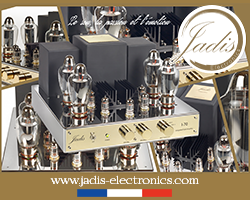

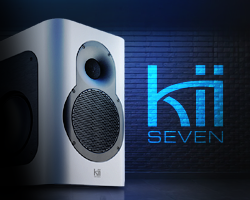

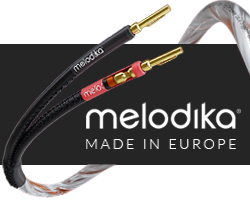

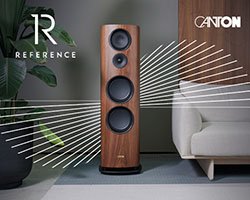

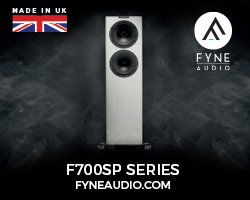


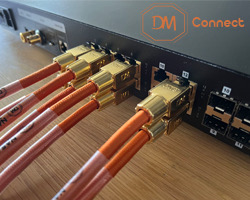

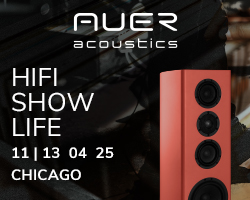


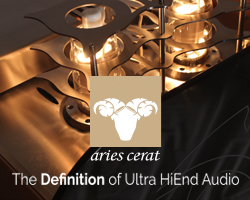





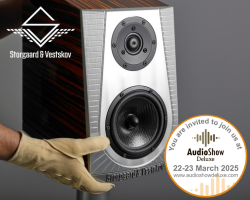
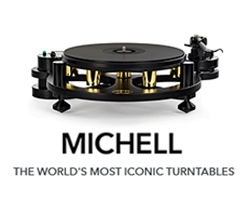


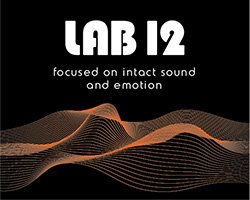
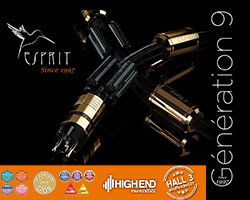
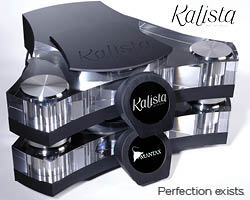


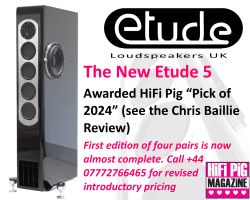
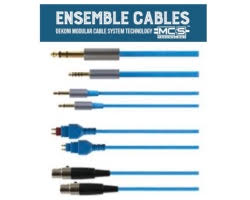


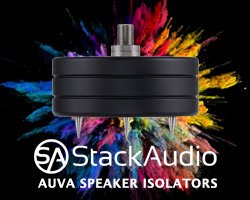

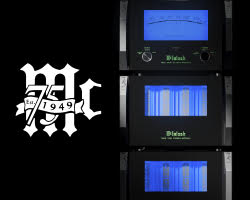
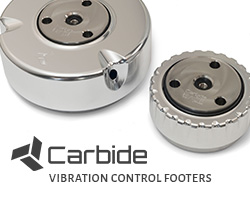

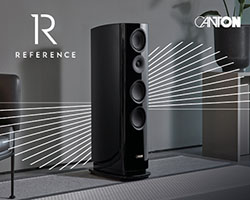







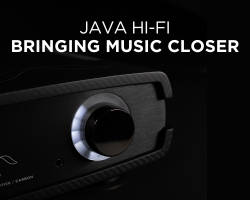


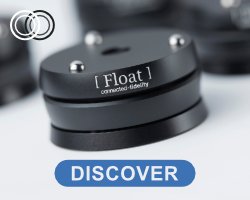
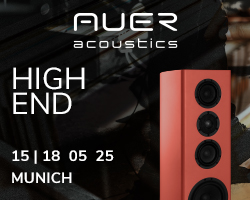

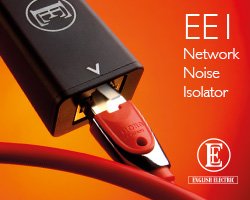
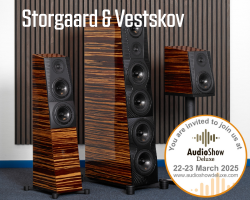

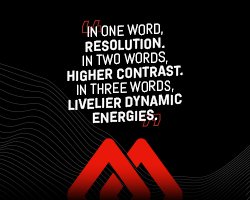

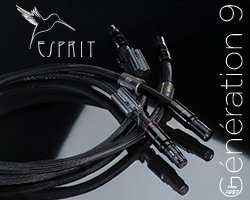

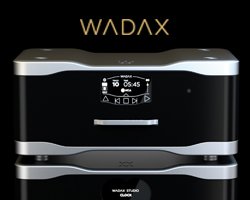



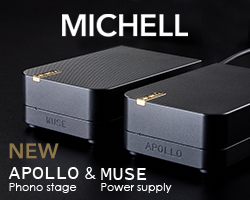

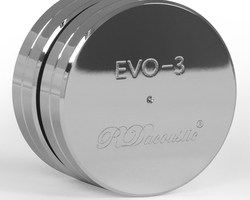




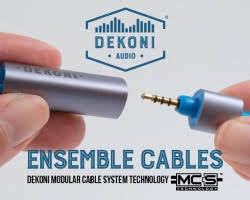























































You must be logged in to leave a reply.